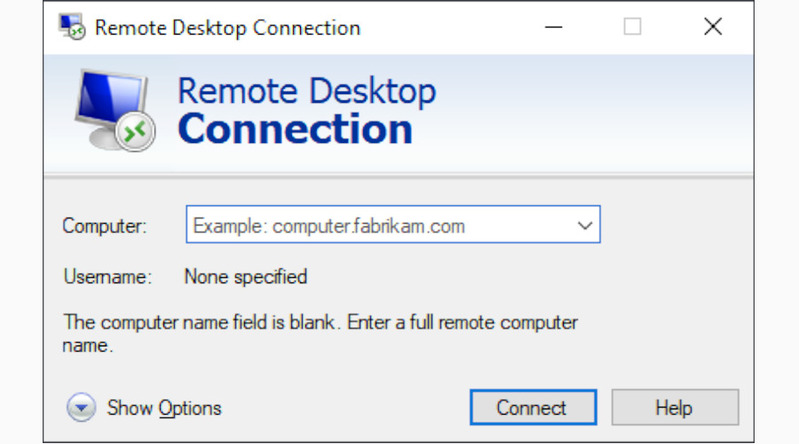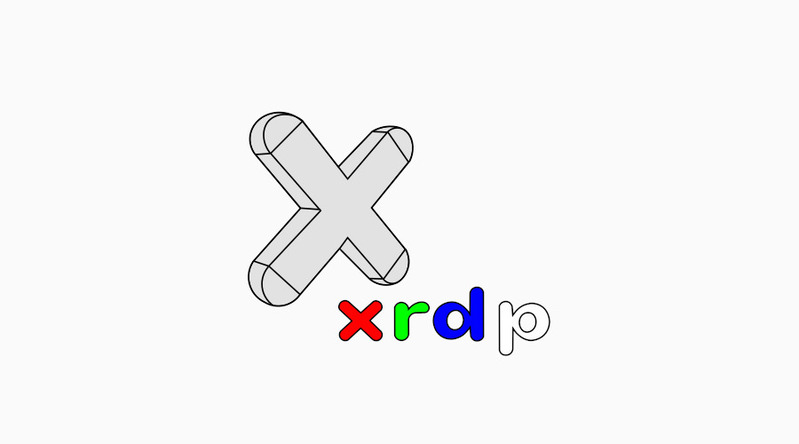VNC vs RDP – Features, Benefits, Solutions
- HelpWire
- →
- Blog
- →
- Remote Desktop Protocol
- →
- VNC vs RDP Protocols
When comparing Remote Desktop vs VNC, both protocols have significant differences and advantages over the other. Your protocol of choice mainly depends on the operating system or the hardware you use, and performance requirements. Keep reading to learn more.
Virtual Network Computing (VNC)

VNC started out as an open standard, and remains this way. Sessions created through VNC are pixel-based, meaning that it’s simply an interactive video stream of the remote computer’s screen. Due to the age of the protocol, the latency of sessions is high. However, it was designed to be system-neutral, meaning that a VNC session can be started almost anywhere, including Raspberry Pi and Android, provided that they have a client or server application made for the platform. Some commercial VNC-based solutions include TeamViewer and AnyDesk.
Pros
- Sessions precisely represent what’s happening on the other system
- Open standard
Cons
- High latency
- Fewer apps support it due to age and lack of corporate support
VNC Solutions
RealVNC Connect

RealVNC Connect is a paid service that includes some original VNC creators as its maintainers. It does not require a static IP and provides customer support. However, the performance is still restricted by the limitations of the VNC protocol.
KRDC

KRDC is a remote desktop client for KDE that supports VNC. The app is still being actively updated, and with additional packages, can also be installed on other Linux distributions.
RealVNC Viewer and Server for Raspberry Pi
In addition to commercial solutions, RealVNC supports open-source apps for some Linux systems, including the Raspberry Pi OS.
Remote Desktop Protocol (RDP)

Remote Desktop Protocol is a proprietary protocol developed by Microsoft, and is often used for remote and cloud workplaces. A single PC can host multiple RDP sessions. Rather than sending the entire screen, RDP provides contextual data, such as opened windows, their location, etc. As a result, when comparing VNC vs RDP performance, it performs well, even on low-bandwidth connections. While RDP clients are available on Linux and macOS, and work with the current versions of Windows, the proprietary nature of the protocol can lead to compatibility loss in the future.
Pros
- High performance
- Multiple simultaneous sessions possible
Cons
- Proprietary, future development depends on Microsoft
- Not screen-accurate
RDP Solutions
Remote Desktop Connection and Azure

Multi-user systems are likely the most common use case for RDP, and the most popular platform for this kind of system is currently Azure. Multi-user RDP is used in conjunction with thin clients to save costs on PC hardware.
xrdp

xrdp is an open-source RDP server implementation that can be found in many Linux distributions. Due to the tendency of Linux desktops to rely on text-based interfaces, and their limited GUIs, it’s less popular than SSH. Windows can produce security warnings when connecting to xrdp servers, due to it not being a certified Microsoft product.
Remmina

Remmina is a popular RDP client for Linux, and can easily connect both to xrdp and Windows-based sessions. However, it lacks some convenience features, such as file transfers, which need to be done through a shared folder instead of simple drag-and-drop.
VNC or RDP?
Generally, when choosing RDP vs VNC, neither is good for any graphics-intense tasks, but RDP tends to have a more bearable delay. There are also other concerns, such as RDP security. RDP is much easier to set up on Windows, and both RDP and VNC servers are comparably difficult to get running on Linux. Finally, when it comes to open-source remote access, you should also consider SSH as an option.